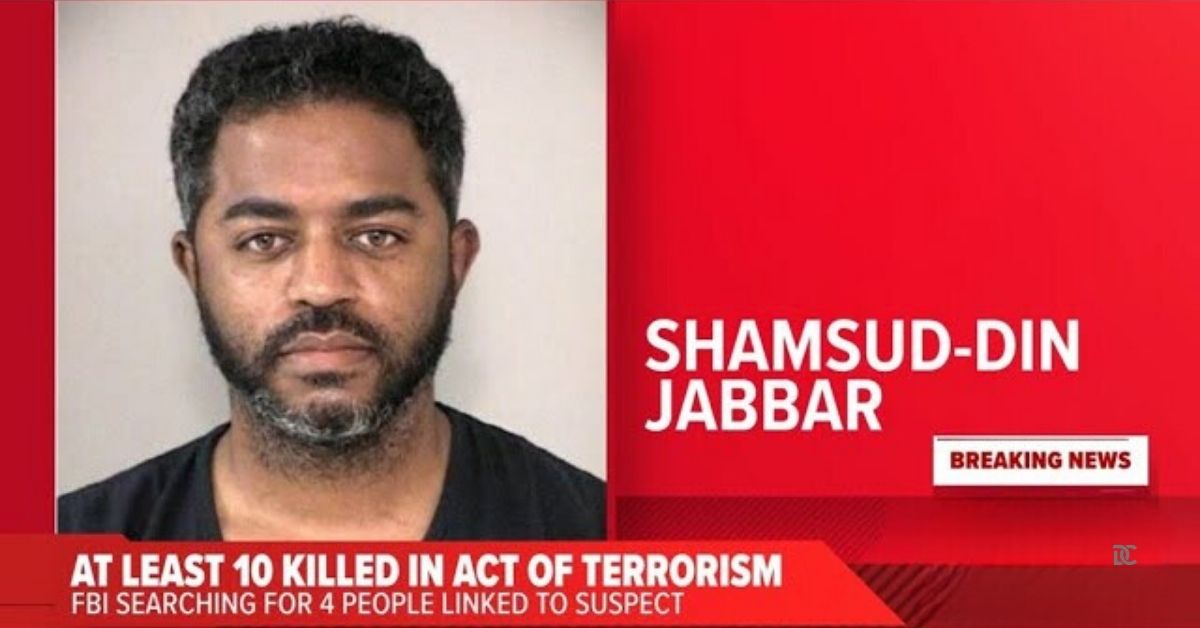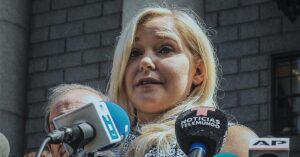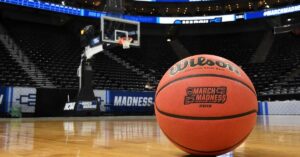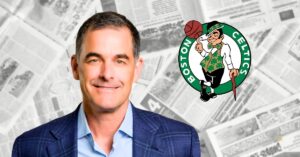On New Year’s Day, a horrific scene unfolded on Bourbon Street in New Orleans as a pickup truck plowed into a crowd of revelers, resulting in the deaths of at least 15 people and leaving dozens more wounded. In the hours and days that followed, law enforcement scrambled to identify the suspect and his motives. Now, officials have publicly identified the attacker as 42-year-old Shamsud-Din Jabbar, a U.S.-born citizen and Army veteran from Texas.
Here’s an in-depth look at the emerging details of his background, potential affiliations, and the complexities investigators are trying to unravel.
1. Overview of the Attack
- Date and Location: The incident took place early Wednesday morning on January 1, in the heart of New Orleans’ French Quarter. Bourbon Street, a hub of nightlife and festivities, was unusually crowded with holiday celebrations.
- Fatalities and Injuries: At least 15 people lost their lives, and more than 24 sustained injuries—some minor, others life-threatening. The death toll underscores the severity of the rampage, as the suspect allegedly drove over multiple blocks at high speed.
- Suspect’s Identity: The FBI formally identified the driver as Shamsud-Din Jabbar, saying he was the man behind the wheel of the rented Ford pickup truck used to carry out the attack. Jabbar was shot and killed by responding police officers after he reportedly exited the truck wielding an assault rifle.
2. Background on Shamsud-Din Jabbar
Shamsud-Din Jabbar Age and Citizenship
Shamsud-Din Jabbar was a 42-year-old U.S.-born citizen from Texas. Despite the violent turn of events on New Year’s, early records indicate he lived a fairly typical life for many years—though close associates and official documents now paint a picture of someone whose life took a disturbing trajectory in recent years.
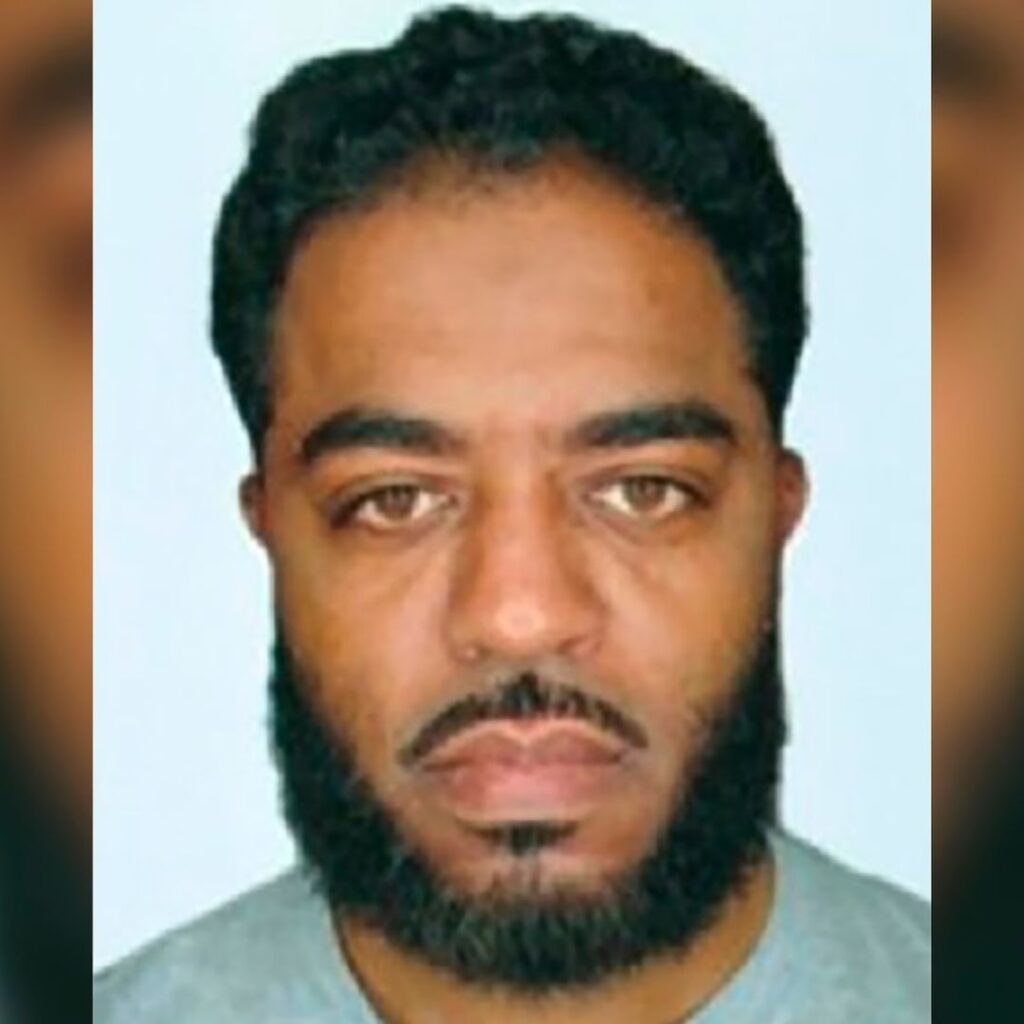
Shamsud-Din Jabbar Military Service
One of the most prominent elements of Jabbar’s background is his history as a U.S. Army veteran. According to an Army spokesperson:
Also Read
- Years of Service: Jabbar served in active-duty roles from 2007 to 2015, focusing on human resources (HR) and information technology (IT) tasks.
- Deployment: He was deployed once to Afghanistan, from February 2009 to January 2010, though he wasn’t in a direct combat role.
- Army Reserve: After 2015, Jabbar transferred to the Army Reserve, continuing in an IT specialist capacity until 2020.
- Honorable Discharge: Preliminary records suggest Jabbar’s discharge was honorable, though investigators are still delving deeper into the exact circumstances of his separation from service.
In August 2024, Jabbar apparently tried to enlist in the Navy, entering into a delayed entry program, but was released from it a month later. No official reason has been made public, and a Navy spokesperson only confirmed that he never attended boot camp.
Shamsud-Din Jabbar Career and Civilian Life
In a 2020 YouTube video (since removed), Jabbar mentioned being born in Beaumont, Texas, spending a decade in the military, and later transitioning into the real estate industry in the Houston area. The same video references his roles in IT and HR during his Army tenure, painting him as a skilled professional who pivoted to a civilian career after leaving the armed forces.
3. Family and Personal Background
Court documents and statements from acquaintances provide a glimpse into Jabbar’s personal life:
- Marital History: Texas records show Jabbar was married twice. After a first divorce, he remarried—only for that second marriage to end in divorce in 2022.
- Children: He was reportedly a father of three. Two daughters (ages 14 and 20) from his first marriage and a son from the second.
- Possible Instability: Some friends and family members told local media that Jabbar had faced both emotional and financial struggles in recent years, although specific details remain unverified. Investigators are looking at whether these difficulties, coupled with extremist ideologies, fueled his actions.
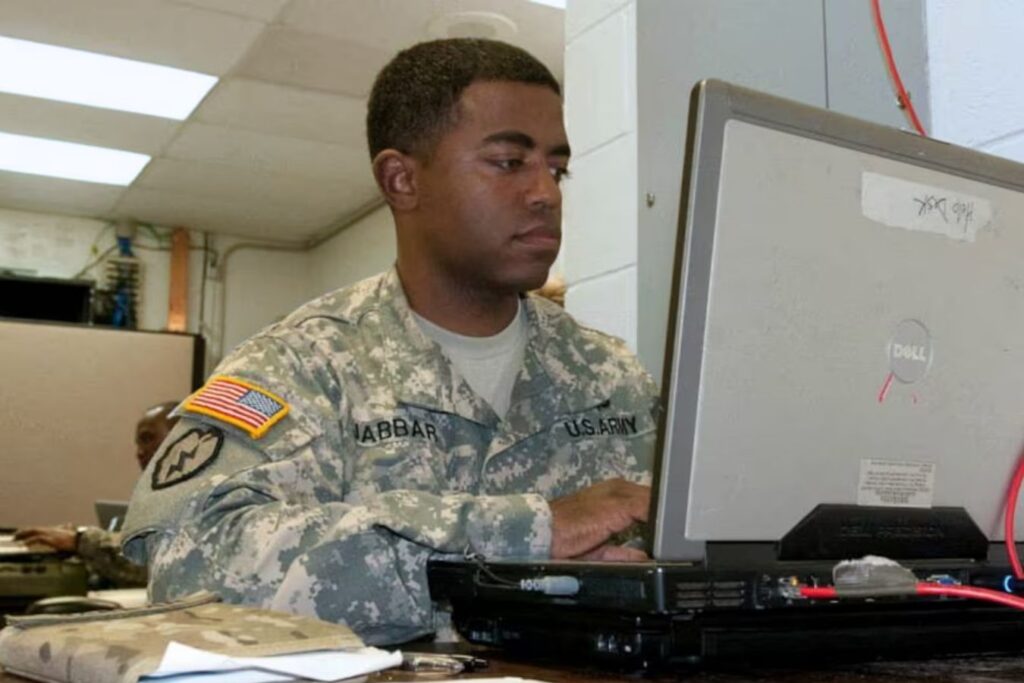
4. Connections to New Orleans and Houston
Jabbar was believed to have been living in the Houston area, where he held a job at Deloitte, a major consulting firm, starting in 2021. A Deloitte spokesperson confirmed he was in a “staff-level role” as a “senior solution specialist.” The firm expressed shock upon learning of his alleged involvement in the New Orleans attack.
Shortly after identifying Jabbar, authorities searched at least two addresses linked to him:
- Airbnb in New Orleans: This rental property, near the site of the attack, apparently contained evidence of a small fire or “detonation” earlier in the day. Investigators are examining whether the suspect stored or prepared explosives at the Airbnb, raising fears about additional devices that might remain undiscovered.
- Home in Houston: FBI Houston agents, along with local law enforcement, conducted a court-authorized raid at a residence near Hugh Road and Crescent Peak Drive. A statement from the FBI cautioned the public to stay away from the area while specialized teams, including bomb technicians and counterterrorism investigators, combed the property for any sign of conspiratorial activity, illegal weapons, or evidence tying Jabbar to others.
5. Reports of ISIS Connection and Radicalization
One of the most alarming discoveries, according to President Joe Biden and federal sources, was an ISIS flag affixed to the truck’s trailer hitch. Law enforcement told ABC News that they suspect Jabbar was “inspired by ISIS” and may have harbored extremist views exacerbated by recent global conflicts, notably the Israel-Hamas war.
- Online Videos: The FBI is reviewing social media content allegedly posted by Jabbar. Some videos were recorded during his drive from Texas to Louisiana, in which he appears to discuss frustration over personal issues (including divorce) and a wish to kill family members before changing course and deciding to attack Bourbon Street.
- Military Radicalization: Investigators are looking into whether Jabbar’s alleged radicalization happened during or after his service, or if it intensified post-discharge. The timeline is unclear, but officials see signs that his extremist outlook took hold within the past few years.
- No Clear Ties to Organized Terror Cells: As of now, the FBI has not confirmed a direct link between Jabbar and any official ISIS cell or recruiter. They do suspect he drew inspiration from the group’s propaganda, but how he accessed or engaged with such material remains under investigation.
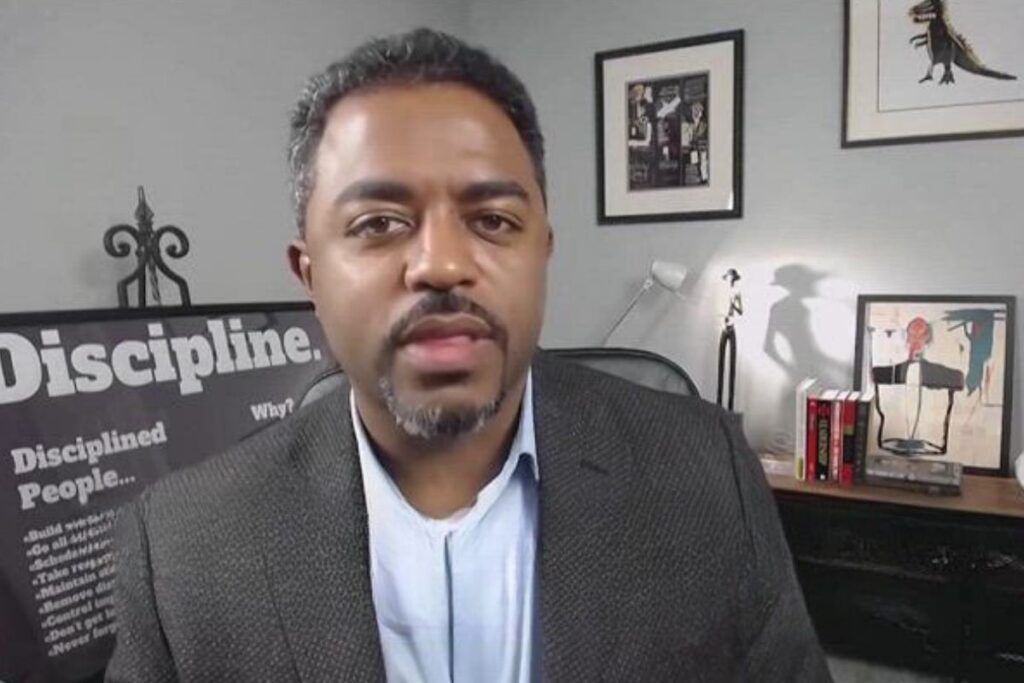
6. A ‘Hell-Bent’ Suspect and the Attack’s Aftermath
Police and witness accounts say Jabbar’s rented Ford F-150 Lightning (an electric pickup) accelerated through a three-block stretch in the heart of the French Quarter. After the truck finally came to a stop, he exited the vehicle armed with an assault rifle and began firing at responding officers, injuring two before police shot him dead.
Weapons and Explosives
- Pipe Bombs: Investigators discovered what they describe as crude pipe bombs at the scene, containing coils and nails for shrapnel effect.
- Grenade: A possible grenade was also found; the FBI is testing it for viability.
- Additional IEDs: Worries persist that Jabbar might have planted or stashed more devices in New Orleans or Houston, fueling the urgency behind continued searches.
At least 15 people died. Over 30 others were injured, some rushed to local hospitals with severe wounds. City officials described the attack as “the worst act of terror on Bourbon Street in decades,” and the shock reverberates across a district typically known for its festive atmosphere.
7. Not Believed to Have Acted Alone
President Biden, as well as FBI and city officials, emphasized that Jabbar likely didn’t plan or execute the attack entirely on his own. Surveillance footage from the French Quarter suggests at least some individuals appeared to place objects near the scene ahead of time. Officials say they can’t yet confirm whether these persons were active accomplices or bystanders, but the theory that Jabbar had support is a prime focus of the ongoing inquiry.
Leads indicate that additional suspects might be involved, especially in the procurement or placement of explosives. New Orleans City Council President Helena Moreno told reporters, “We have a multi-agency effort at this point to identify anyone else who may have been associated with or assisted in this particular incident.”
Link to Vegas Cybertruck Explosion?
The FBI is also investigating whether there’s a connection between Jabbar and Matthew Livelsberger, an Army veteran believed to be behind a Tesla Cybertruck explosion in Las Vegas on the same day. As of now, officials have found no solid proof the two attacks were coordinated, but the coincidence of timing—plus both suspects’ Army backgrounds—spurred deeper scrutiny.
Ongoing Investigation
Mayor LaToya Cantrell:
- Branded the tragedy as a “terrorist attack,” vowing that the city “will not be cowed by acts of senseless violence.” Cantrell urged anyone with information to contact the authorities.
President Joe Biden:
- Said the suspect was “inspired by ISIS” and “had a desire to kill.” He assured Americans that investigators from multiple agencies were working to “uncover the connections, associations, or co-conspirators” behind the event.
FBI:
- Leading the federal probe, aided by local and state agencies.
- Deployed specialized teams, including bomb squad experts, to both Bourbon Street and the Houston property.
- Continues to search for new leads, with officials describing the situation as “very fluid” and “in its preliminary stage.”
The name Shamsud-Din Jabbar will likely remain associated with one of the most devastating terrorist acts to hit New Orleans in recent memory. As officials piece together his life—from his honorable discharge to possible ideological radicalization—they’re also racing to ensure no further danger remains.
While the FBI and local authorities sift through digital footprints, phone records, and personal contacts, the larger questions of “why” and “how” still loom. What caused Jabbar—once an Army IT specialist, father of three, and purported real estate agent—to take such a violent turn? And did he truly act under the influence of ISIS propaganda, or were other personal and psychological factors at play?
For now, Bourbon Street slowly reopens, mourning those lost, while local officials coordinate tributes and memorial funds for victims’ families. The city, once again, must demonstrate resilience in the face of tragedy—leaning on its hallmark unity, hoping that thorough investigation and decisive action can prevent future horrors.
